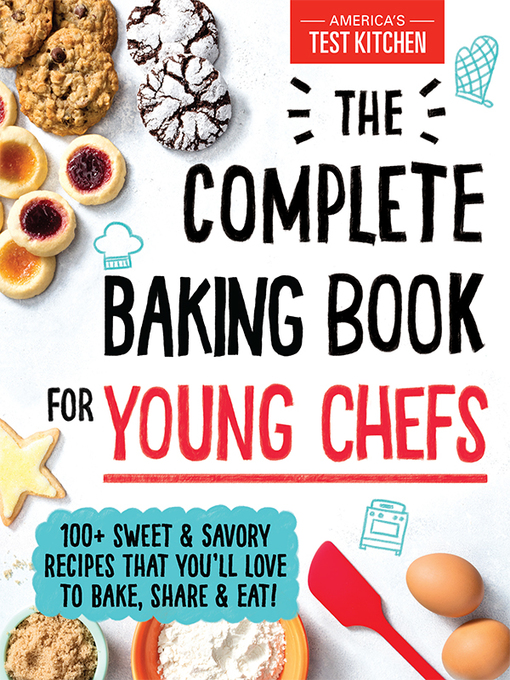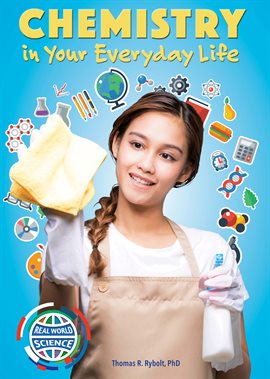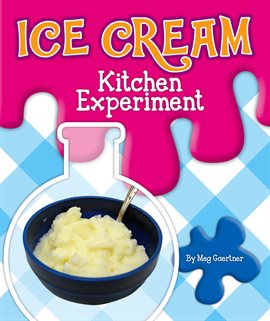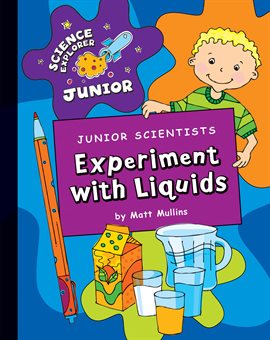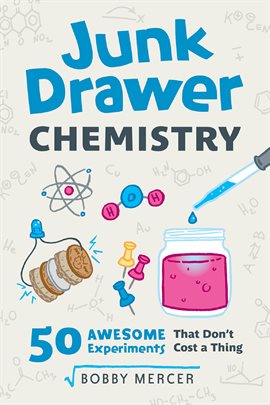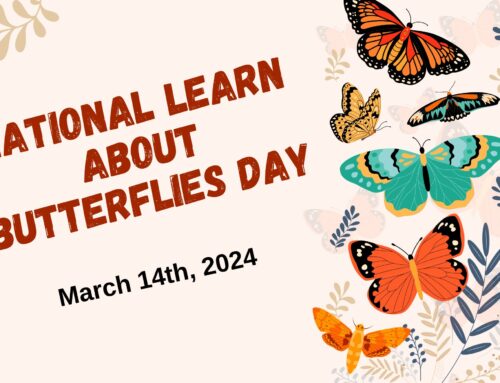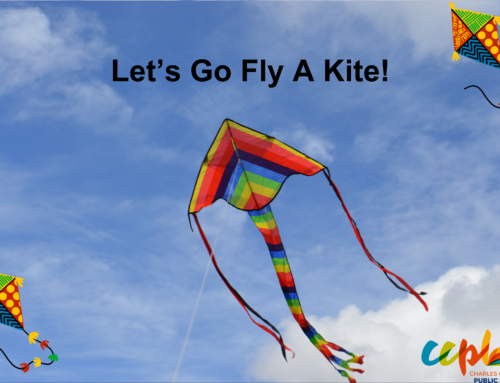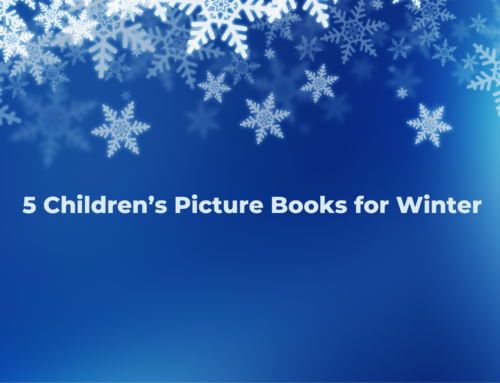Color Exploding Milk Chemistry Experiment used to make Marbled Milk Paper
Supplies:
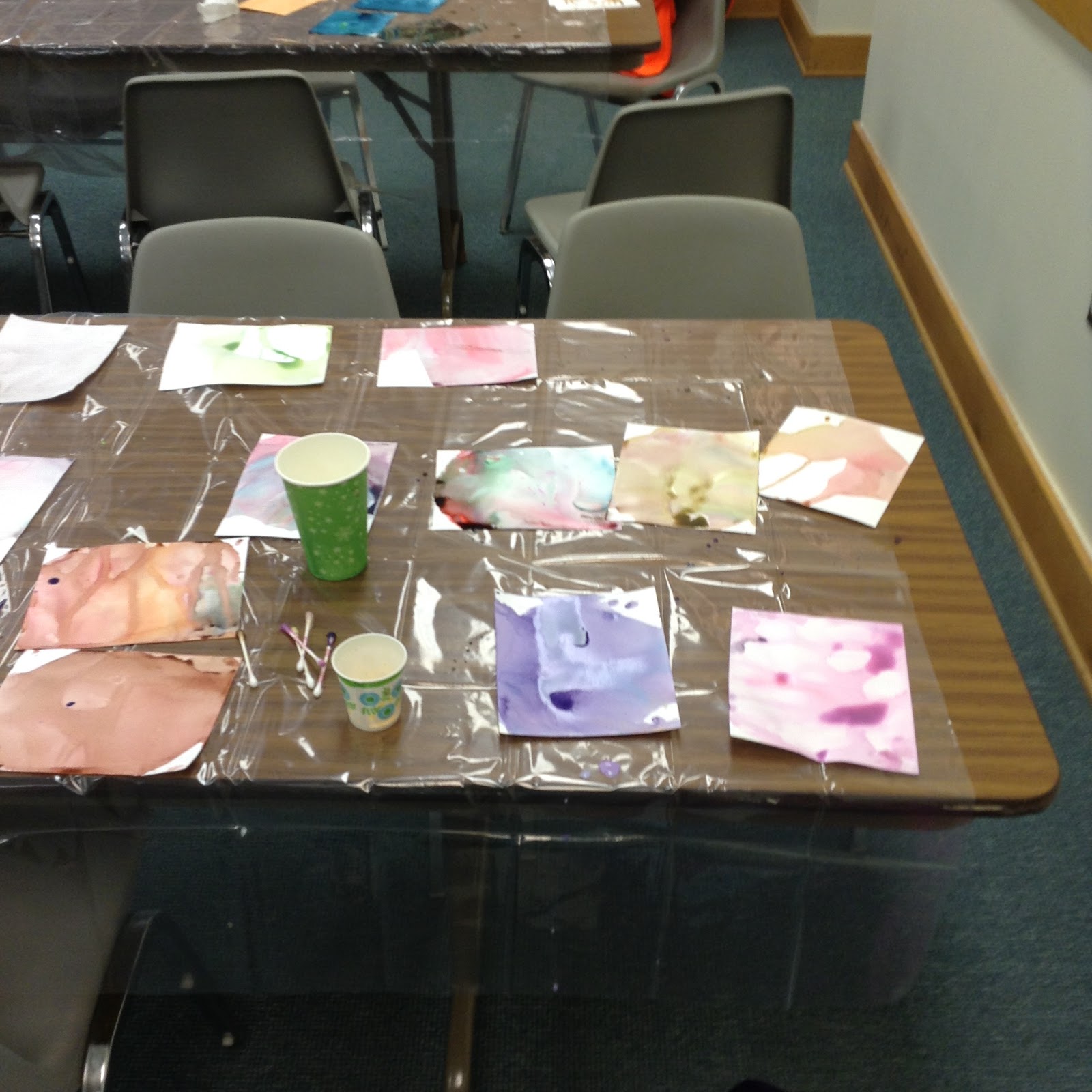
Instructions
- Cut your watercolor paper to a size that easily fits within your tray. Place the stack of paper near your tray; once your start swirling the colors you will have to work quickly to get the best effects.
- Pour roughly 3-4 tablespoons of milk into a tray; basically enough for a thin layer of milk that covers the bottom of your tray.
- Add in drops of food coloring around the milk.
- Add a couple dollops of dish soap around the tray. The soap and food coloring will now start interacting.
- Using a q-tip begin swirling the colors.
- Before the colors get too mixed together take one sheet of paper and lay it on top of the milk mixture. Press down gently then gently lift it, set aside to dry, and continue with additional sheets.
- Let everything dry completely.
What causes the food coloring in the milk to move?
Simplified Explanation
The dish soap does not mix with the milk. Instead it floats on top and spreads over the surface. As it spreads, it moves the food coloring. Soap is a “degreaser” so the molecules in it are attacking the fat molecules in the milk, causing motion which creates the swirling of the colors. Where the colors meet, they combine and form new colors.
More Advanced Explanation
Liquids like water and milk have a property known as surface tension, a force that causes the surface layer (or top layer) of a liquid to behave like an elastic sheet. Surface tension is caused by the attraction between the molecules of the liquid. If you look closely at the edge of the surface of water in a clear glass, the water appears to rise up the side of the glass because the surface tension of the water is actually pulling the water away from the glass inward toward the center of the surface.
Since milk is mostly water, it has surface tension like water. The milk you buy in the store has gone through a process where the fat molecules in it are broken up into tiny pieces called globules that are spread throughout the milk. When the food coloring is added to the milk the molecules of the food coloring are less dense, or close together, than the molecules of the milk so it floats on the surface. When dish soap touches the surface of the milk, things begin to move because the dish detergent weakens the milk molecules bonds by attaching to its fat molecules. The molecules of the dish soap are attracted to the fat molecules kind of like two magnets are attracted to and stick to each other. As the dish soap spreads out in the milk it surrounds and wraps itself around the fat globules.
When you drop the soap into the center of the milk, it quickly spreads out toward the edges, because soap reduces the surface tension of water/milk. When the advancing ‘wave’ of dish soap hits the colors, the surface tension relaxes and the drops of color can mix MUCH faster. The stronger surface tension of the surrounding liquid then pulls the surface away from the weak, soapy region. The food coloring moves with the surface, streaming away from the dish soap. This rapidly mixing fat and dish soap movement causes the food coloring to swirl. The swirling food coloring shows what is happening in the milk allowing us to observe the invisible activity of how the surface of the milk moves and changes in response to the soap breaking up the fat in the milk. As the soap becomes evenly mixed with the milk, the action slows down and eventually stops. With the soap removed from the surface, surface tension returns to its original strength. Adding another drop of dish soap will start the process again and the experiment can be repeated. Eventually all of the fat globules in the milk will be surrounded by soap and some soap will remain on the surface causing surface tension movement to stop.
Resources
If you enjoyed this project and want to learn more about Chemistry check out some of these ebooks:
Amazing Kitchen Chemistry Projects by Cynthia Light Brown and Blair D. Shedd available on Overdrive.
he Complete Baking Book for Young Chefs available on Overdrive. Baking is chemistry afterall 🙂
Chemistry In Your Everyday Life by Thomas R. Rybolt available on Hoopla.
Chemical Reactions: It Matters by Rachael Morlock available on Hoopla.
Ice Cream Kitchen Experiment by Meg Gaertner available on Hoopla.
Junior Scientists: Experiment With Liquids by Matt Mullins available on Hoopla.
Junk Drawer Chemistry by Bobby Mercer available on Hoopla.
Mixtures And Solutions by Barbara Martina Linde available on Hoopla.


